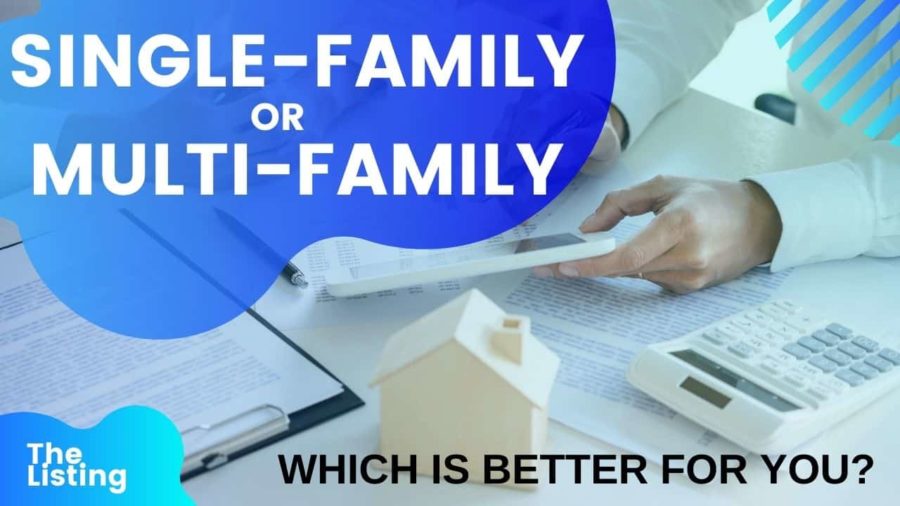Real estate investors across the country, it is time to declare a winner in the rental property investment category. Should long-term rental property investors choose to invest in a single-family rental property or double down with a multi-family rental investment property?
As a professional property management company in Orlando, Florida, we have talked with numerous real estate investors all over the country. It seems as though each real estate investor has their own investment goals, strategies, and preference for the rental property type.
Today, you will learn everything there is to know about both single-family rental property (SFR) and multi-family rental property (MFR), the pros and cons of each, and of course, which one is better for you as a real estate investor.
What is a Single-family Rental Property? (SFR)
A single-family rental property is a single-family home, townhome, or condominium rented to single tenants. Single-family rental property (SFR) is a purposeful investment property, or one may fall into owning a single-family rental property as an accidental landlord.

Homeowners and investors typically own a single-family rental investment to generate rental income, pay down their mortgage, and appreciate their assets. This kind of investment property allows everyday investors to get involved due to less down-payment, simple financing, and flexibility. However, hedge funds and tech companies are currently targeting this investment asset for a good reason.
What is a Multi-family Rental Property? (MFR)
Multi-family rental property is essentially a property that houses more than one family or tenant comprises more than one unit. A multi-family rental property can be an apartment building hosting hundreds of units down to a simple duplex. MFR is any amount of real property, more than one unit.
Investing in any form of multi-family rental property has always been thought of as the big rig investment strategy. Hedge funds and institutional investors have always owned the multi-family rental property space. As a multi-family property management company, this strategy is more complex and harder to enter as an everyday real estate investor.
Single-family Rental Property Demand
Demand for single-family rental homes is increasing and gaining attraction for everyday real estate investors and institutional investors. Institutional investors are purchasing single-family homes as the investment strategy is predictable and will produce consistent returns for years to come.
Institutional investors such as Blackrock, Invitation Homes, and American Homes For Rent are scooping up single-family homes with the sole purpose of renting them to long-term tenants.

Single-family Home – Renter Population
To fully understand the single-family investment property in the US, we’ll first need to understand the statistics of the American Renter. Over ⅓ of the American population are renters, which equates to roughly 108.5 million American renters.
As we enter the new norm (post-covid-19), renters are moving from the expensive cities and metropolitan areas to the suburbs seeking more space and affordability as the work from the home era and remote working looks to be the new form of business.
Additional demand for suburban living pushes more single-family homes to be developed, thus driving the demand for single-family homes. During 2019-2020 there was a 30% increase in single-family built for rent homes. With only 35% of rentals in the entire US being single-family homes, renters demand more single-family residences. They are willing to pay a premium for more space, location, and pleasure of renting a single-family home without the responsibility or difficulty of being a homeowner.
Single-family Income Levels:
- Less than $20K Per Year: 14%
- $20K-$35K Per Year: 13%
- 35K-50K Per Year: 12%
- 50K-75K Per Year: 17%
- 75K+ Per Year: 44%
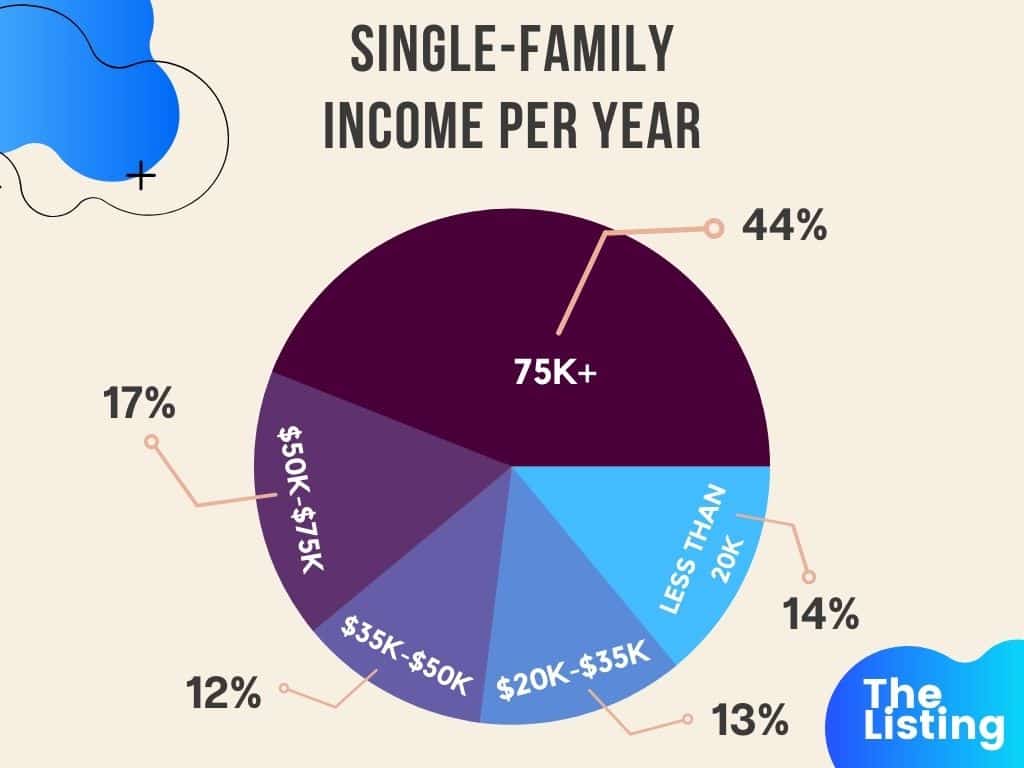
Muli-family Rental Demand
Demand for multi-family rental properties is rising as multi-family rental property bounces back near previous record levels. According to FannieMae, there has been a significant turnaround in the market for multi-family rentals from real estate investors and tenants seeking housing units. As a result, buying a multi-family rental property is increasing to positive levels as well as rents have stabilized and continue to look positive for real estate investors.
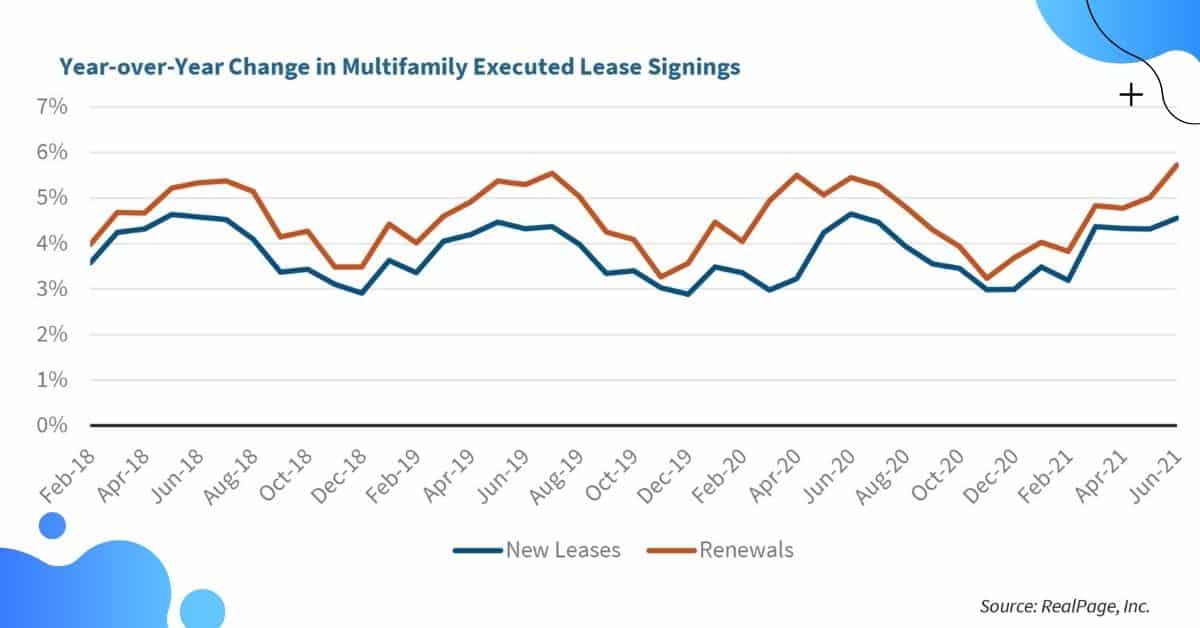
Our professional property management team interprets the year-over-year executed lease signings chart below as an excellent sign for multi-family and apartment communities. Increased executed lease agreements are a good indication that rental demand is looking positive. The multi-family development segment is continuing to increase as well. Increased demand for multi-family rental housing has increased due to increased job growth, a national housing shortage, and local economies getting back to normalcy.
Multi-family Home – Renter Population
According to The National Multifamily Housing Council, 37% of National Renters live in a Multi-family Property of 5 or More Units vs. 41% of National Renters residing in a Single-family Rental Property.
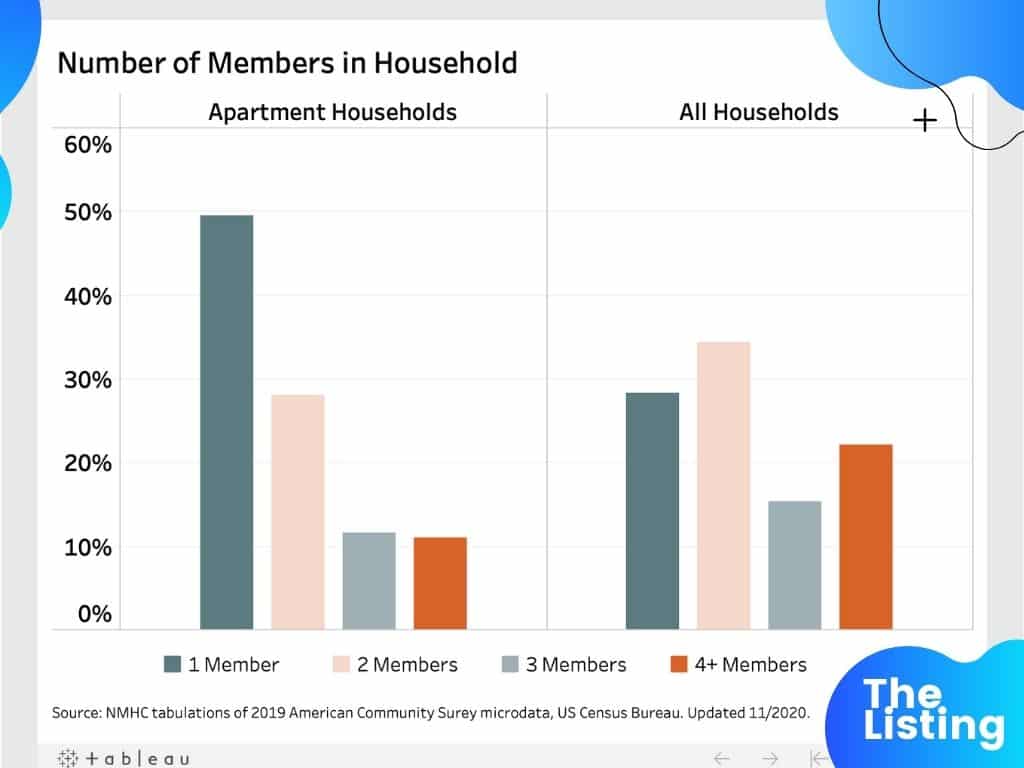
Multi-family rental households typically have fewer occupants than single-family rental homes due to property square footage, the number of bedrooms and bathrooms, and property location. According to the National Multifamily Housing Council, 49% of apartment residents are one tenant-occupied apartment.
Apartment Household Income Levels:
The section below explains the distribution of income per year of the 40 million apartment renter population.
- Less than $20K Per Year: 26%
- $20K-$35K Per Year: 18%
- 35K-50K Per Year: 14%
- 50K-75K Per Year: 17%
- 75K Per Year: 25%
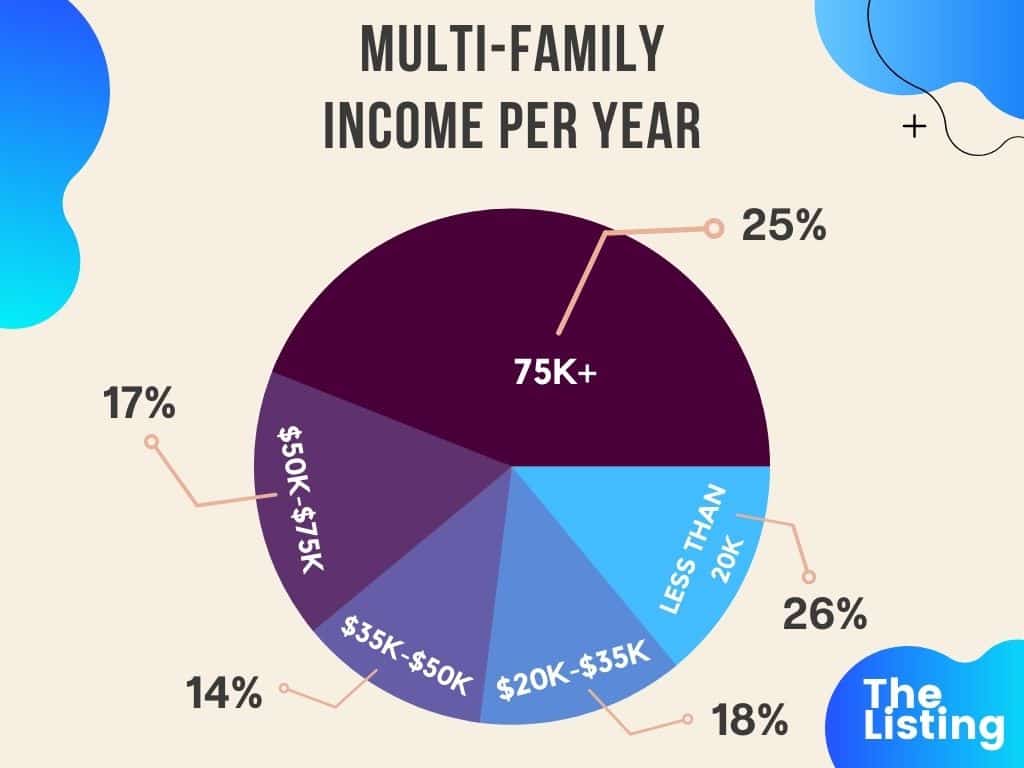
Single-family vs. Multi-family Rental Property: Pros and Cons
Both single-family investing and multi-family investing have their positives and negatives. Therefore, it is essential as a real estate investor to weigh your options and make a clear decision before investing in either real estate asset.
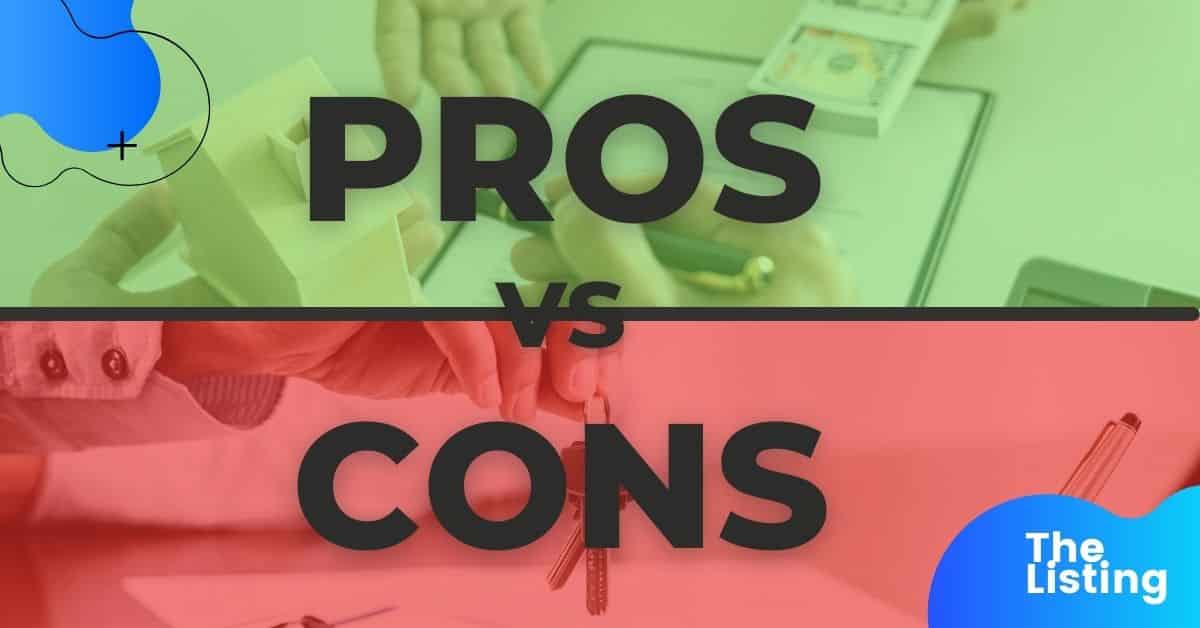
Pros of a Single-family Investment Property:
- Cheaper to Acquire
- Simple Financing
- Less Maintenance
- Positive Future Demand
- Tenant Space & Privacy
- Less Tenant Relation Issues
- Less Tenant Turnover
- Cheaper Property Taxes (Area Specific)
Cons of a Single-family Investment Property:
- Higher Vacancy
- More Expensive (Price Per Unit)
- Harder to Scale
- Less Rental Income
- Reduced Ancillary Income Streams
- Only One Income Stream
- Higher Property Management Fees
Pros of a Multi-family Investment Property:
- Higher Cashflow
- Easier to Scale
- Additional Income Streams
- Lower Vacancy Costs
- Greater Return
- Reduced Property Management Fees
Cons of a Multi-family Investment Property:
- Larger Downpayment
- Higher Tenant Turnover
- Higher Property Taxes
- Purchasing Competition
- Higher Rules and Regulations
- More Barriers To Entry
Single-family or Multi-family – Which Is Better For You?
Real estate investors need to understand their investment goals and strategies clearly. But, unfortunately, we have seen that new real estate investors sometimes don’t fully understand what they are looking for in an investment rental property.

We have had new real estate investors inquire about buying rental property in Florida and purchasing a Duplex, Quadplex, or Multi-family Rental property asset for less than $250k. Unfortunately, as we all know, this real estate market is hot.
As a real estate investor deciding between investing in a single-family rental property or multi-family rental property, you need to ask yourself:
- What are my investment goals?
- How much money do I have to invest?
- Am I an experienced investor or a beginner?
- Do I have the right team in place?
- Do I know which market to invest in?
- Do I have a great property manager?
- If I self-manage, can I manage more than one tenant?
- How much can I get for rent?
- Do I want cash flow or appreciation?
- How many units do I want in my portfolio?
- How involved do I want to be?
Before you invest in any rental property, you should answer all of those questions to make a sound real estate investment.
The Decision – Single-family or Multi-family?
Once you have answered all of those questions, you’ll better understand and determine which kind of rental property investment fits your strategy. As a professional property manager, my recommendation for you is to keep it simple.
- You should invest in a single-family investment property if you are seeking a solid, safe and easy investment and real estate investing experience. It is a straightforward investing strategy that allows everyday real estate investors to get involved. Whether you acquire and own one single-family rental property or build an extensive portfolio – this strategy is beneficial for building wealth and riding the appreciation over time.
- You should invest in multi-family investment property if you are more experienced and have the right team in place. There is a reason why the multi-family and apartment real estate investors have been larger companies with more resources. Although, as a property management company, multi-family rental properties seem more daunting than they are. If you have the right team in place, it is as simple as purchasing and watching the rental income create a passive and profitable investment.
Single-family Property Management Fees
Whether you are looking to buy a single-family rental property or considering hiring a property manager, it is essential to know what property management companies will charge for managing your rental property daily.
As a rule of thumb, if you own one single-family rental property, the standard property management fee is between 8-10% of the monthly rental amount collected.
If you need your rental property management company to place a quality renter in your rental property, the standard national average is between 50%-100% of one month’s rent.
If you are not familiar with what property management services or would like to see our property management pricing.
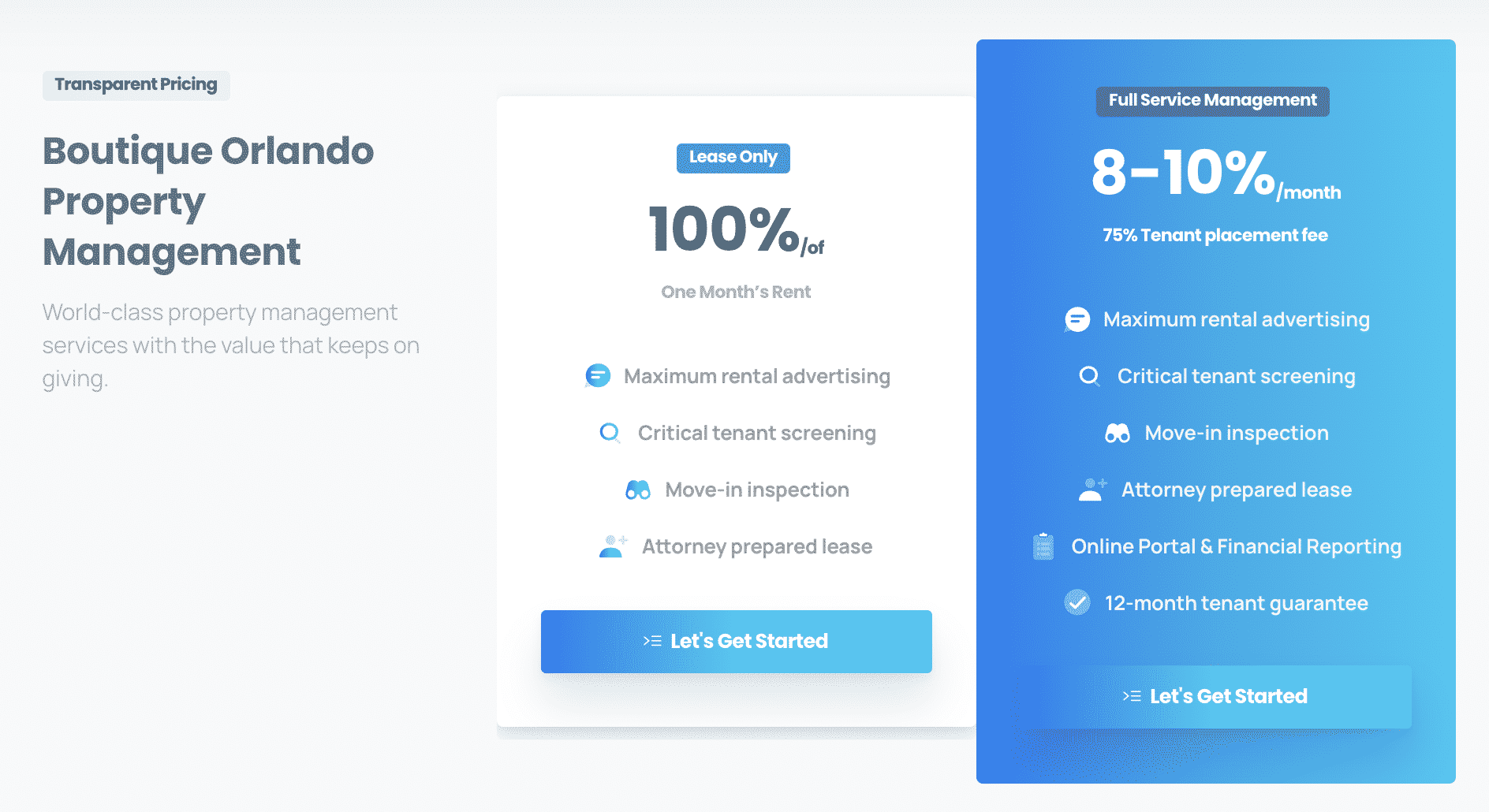
Multi-family Property Management Fees
Rental property owners and investors that own a multi-family property or an apartment with numerous units, your property management fees will be significantly different than single-family property management fees.
Depending on how many units your multi-family property has, property management companies will typically have their multiple units pricing. Typically the more units you have, the less you will pay for management fees.
The standard multi-family property management fees range between 5-8% of the overall rental amount collected. If you are interested in our Orlando Multi-family property management services or have any questions, contact The Listing.
Property Management Orlando – Final Thoughts
We believe both single-family rental property and multi-family rental property assets benefit all real estate investors. We are huge advocates of rental property investing, and the key to success for both single-family and multi-family rental property investing has the right team in place.
Investing in a single-family rental property or multi-family rental property has pros and cons for each rental property type. Although, the pros always outweigh the cons in both categories. It is better to own more rental property than to own less.
If you own a rental property, multi-family rental property, or apartment complex in the Orlando or Central Florida area, Contact Us today to learn why we are the trusted choice for property management services in Orlando, Florida.

